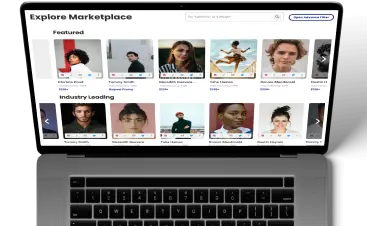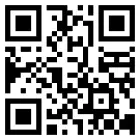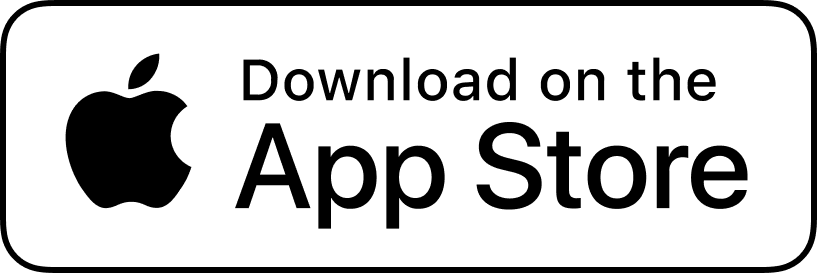What Is Brand Gap?
The term “brand gap” refers to the disparity or disconnect between how a brand is perceived by its internal stakeholders (such as employees and management) and how it is perceived by its external stakeholders (such as customers and the general public). This gap can also represent the difference between the brand’s desired identity, market presence, and performance.
Understanding The Brand Gap
- Internal vs. External Perception: Internally, a company might have a clear vision, mission, and set of values that it believes are communicated effectively through its brand. However, customers may have a completely different perception externally based on their experiences, interactions, and brand observations.
- Desired vs. Actual Identity: The brand gap can also be seen as the difference between what a company wants its brand to stand for and what customers believe it stands for. This gap can be due to inconsistent branding, ineffective communication, or a lack of alignment between brand messaging and customer experiences.
Causes
- Inconsistent Messaging: When a brand’s messaging varies across different channels and touchpoints, it can confuse customers and dilute its identity.
- Poor Customer Experience: A significant gap between the brand promise and customer experience can lead to dissatisfaction and a negative brand perception.
- Lack of Employee Engagement: When employees are not aligned with the brand’s values and mission, their interactions with customers may not reflect the brand’s desired identity, leading to a gap.
- Market Changes: Market dynamics, customer preferences, and competitive landscape changes can create a gap if the brand does not adapt and evolve accordingly.
Consequences
- Loss of Trust: A significant brand gap can erode customer trust, as the brand may be seen as unreliable or inconsistent.
- Decreased Loyalty: Customers who perceive a gap between the brand promise and their experience are less likely to remain loyal and may switch to competitors.
- Reduced Brand Equity: If the gap persists, the brand’s overall value and strength can diminish, affecting its market position and financial performance.
Bridging The Brand Gap
- Align Internal and External Perceptions: Conduct regular brand audits to understand the brand’s internal and external perceptions. Ensure that internal stakeholders are aligned with the brand’s mission and values and that these are consistently communicated externally.
- Consistent Branding: Maintain consistency in branding across all channels and touchpoints. This includes visual identity, messaging, and customer interactions.
- Improve Customer Experience: Ensure that the customer experience matches the brand promise. This can involve training employees, improving products or services, and addressing customer feedback promptly.
- Engage Employees: Foster a strong internal brand culture where employees understand and embody the brand’s values. Engaged employees are more likely to deliver a consistent and positive brand experience.
- Adapt to Market Changes: Stay attuned to market trends and customer preferences. Be willing to adapt and evolve the brand to stay relevant and meet customer expectations.
Conclusion
The brand gap is a critical concept highlighting the importance of alignment between a brand’s internal aspirations and its external realities. By recognizing and addressing the brand gap, companies can enhance their authenticity, build stronger customer relationships, and drive long-term success.
Check out some other terms you may encounter in the Creator economy here.








